The mystery of a thousand-year-old performance where performers must wear masks in Thanh land
The unique and mysterious feature of the Xuan Pha play ( Thanh Hoa ) that has existed for thousands of years is that the performers must wear masks, imitating neighboring countries that came to pay tribute to the Dai Viet king.
Every year, at the beginning of the second lunar month, the people of Xuan Pha village, Xuan Truong commune, Tho Xuan district, Thanh Hoa province gather and perform this unique and "one of a kind" folk dance - Xuan Pha. This is one of the typical performances, marking the heroic past of the nation through the dynasties in feudal history.
One of a kind show
"Eating rice cake with ham is not as good as watching Xuan Pha dance" - that is a familiar saying for the people of Xuan Truong commune, the hometown of Xuan Pha dance. Having the opportunity to visit Lam Kinh during the festival, we will witness a very bustling and jubilant atmosphere with many interesting and unique performances such as: "Lung Nhai Oath", "Le Loi as King, Nguyen Trai as Minister", "King Le Thai To crowned"... and the special thing that cannot be missed in Lam Kinh Festival is Xuan Pha performance.

This is a unique, mysterious performance that has existed for thousands of years in Thanh Hoa.
Local legend has it that the Xuan Pha play dates back to the Dinh Dynasty. The story goes that when the country was invaded by foreign invaders, the king sent messengers everywhere to pray for all spirits, people and talented people to rise up and fight the invaders to save the country. When the army reached the Chu River, near Xuan Pha village, it was dark and there was heavy rain and strong winds. The messenger and his entourage had to take shelter in a small temple by the river.
At night, the village guardian spirit of Xuan Pha appeared in a dream and told him how to fight the enemy. The messenger was very excited and quickly returned to the capital to report the dream to the king. Hearing that it made sense, the king immediately went with his army. When he encountered the enemy, the king did exactly as the village guardian spirit had told him. Indeed, the enemy was destroyed.
The country was at peace, the king held a festival to celebrate his achievements. To express his gratitude to the village's tutelary god for his great contributions to the country, the king issued a royal decree to confer on the tutelary god of Xuan Pha the title "Dai Hai Long Vuong Hoang Lang Tuong Quan" and ordered the villagers of Xuan Pha to build a temple to worship him; at the same time, he rewarded the best and most beautiful dances and songs named after Xuan Pha village.
The Xuan Pha performance consists of five unique folk dances called "Five neighboring countries' tributes" including the performances of Champa, Ai Lao, Ngo Quoc, Hoa Lang and Luc Hon Nhung (Tu Huan) imitating the tribes and neighboring countries bringing tributes to King Dinh, both to show admiration for the king of Dai Viet and to demonstrate the good relations between the two countries.
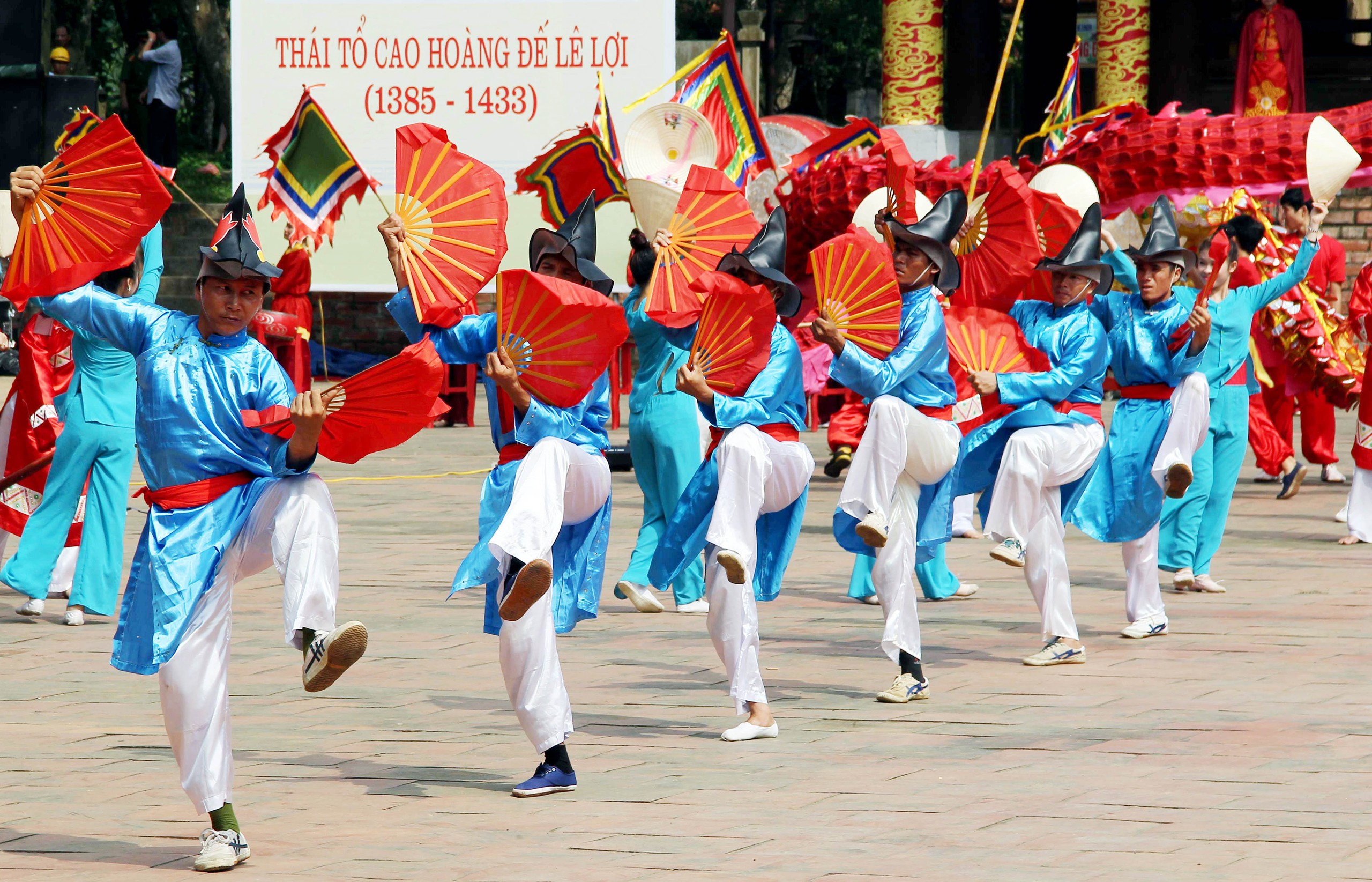

The unique feature of this performance is that the people who play the characters must wear masks.
The unique thing about Xuan Pha is that there are three dances in which the performers must wear masks, namely Chiem Thanh, Hoa Lang and Luc Hon Nhung. Every day, everyone in the village knows each other, especially the artists participating in Xuan Pha dance. However, once they are in costume and in character, no one can recognize each other.
In the Champa play, the lord's shirt is made of beans, the soldier's shirt is made of silk, both dyed red, without any embroidery or patterns. The phong shirt is a "soi" collar, a "xiem" collar wrapped around the body. The lord and the soldier, wrap a red square scarf into two vertical horns on their heads, hold a half-face mask, shaped like a fat man, with eyes made of peacock feathers... The Tu Huan play has a "loong" hat (made of bamboo), a wooden mask in the shape of a great-grandmother, a mother mask and ten children arranged in order from youngest to oldest...
Through the performances and dances, the king wanted the people of Xuan Pha to know how to unite, work and produce together... Typically, in the Hoa Lang dance, the dancers use fans and perform movements such as throwing flowers, expressing joy. Along with that, the dancers use Cheo songs to express life and making a living by the river. Or the Luc Hon Nhung dance shows the life in a family, with many generations including the great-grandmother, mother and children... to teach children and grandchildren to respect their elders, give way to their juniors, and be united in the family.
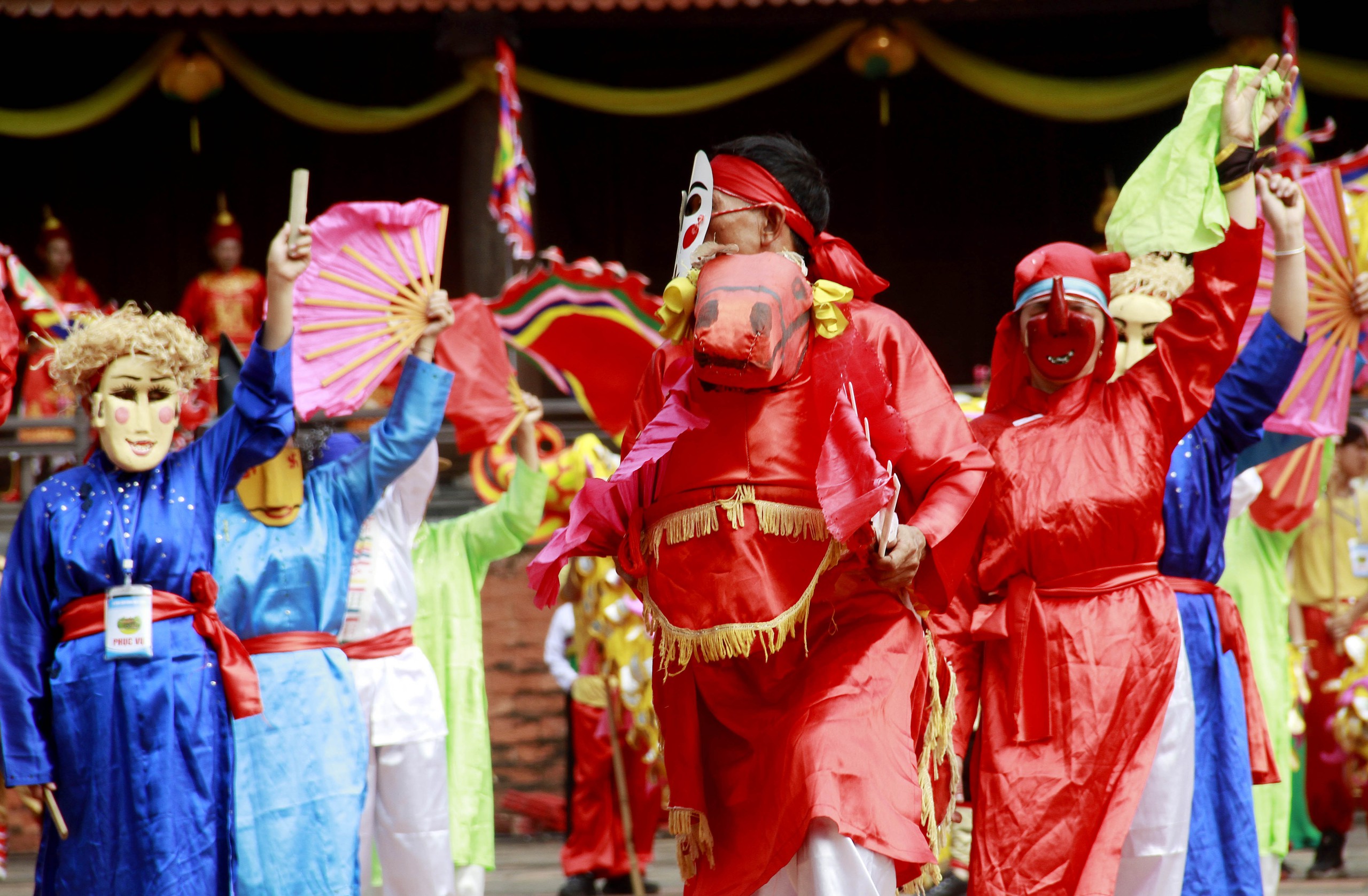
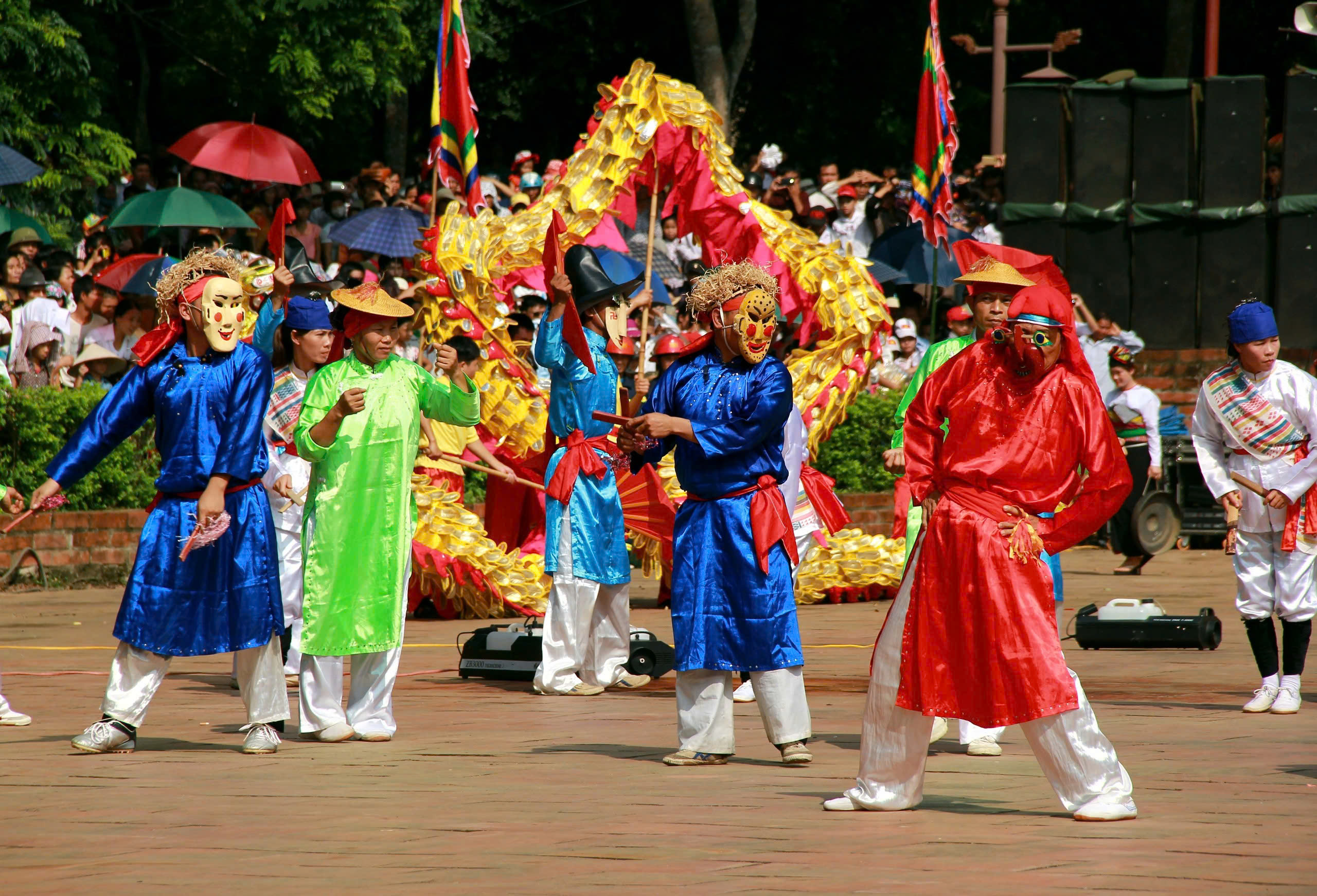
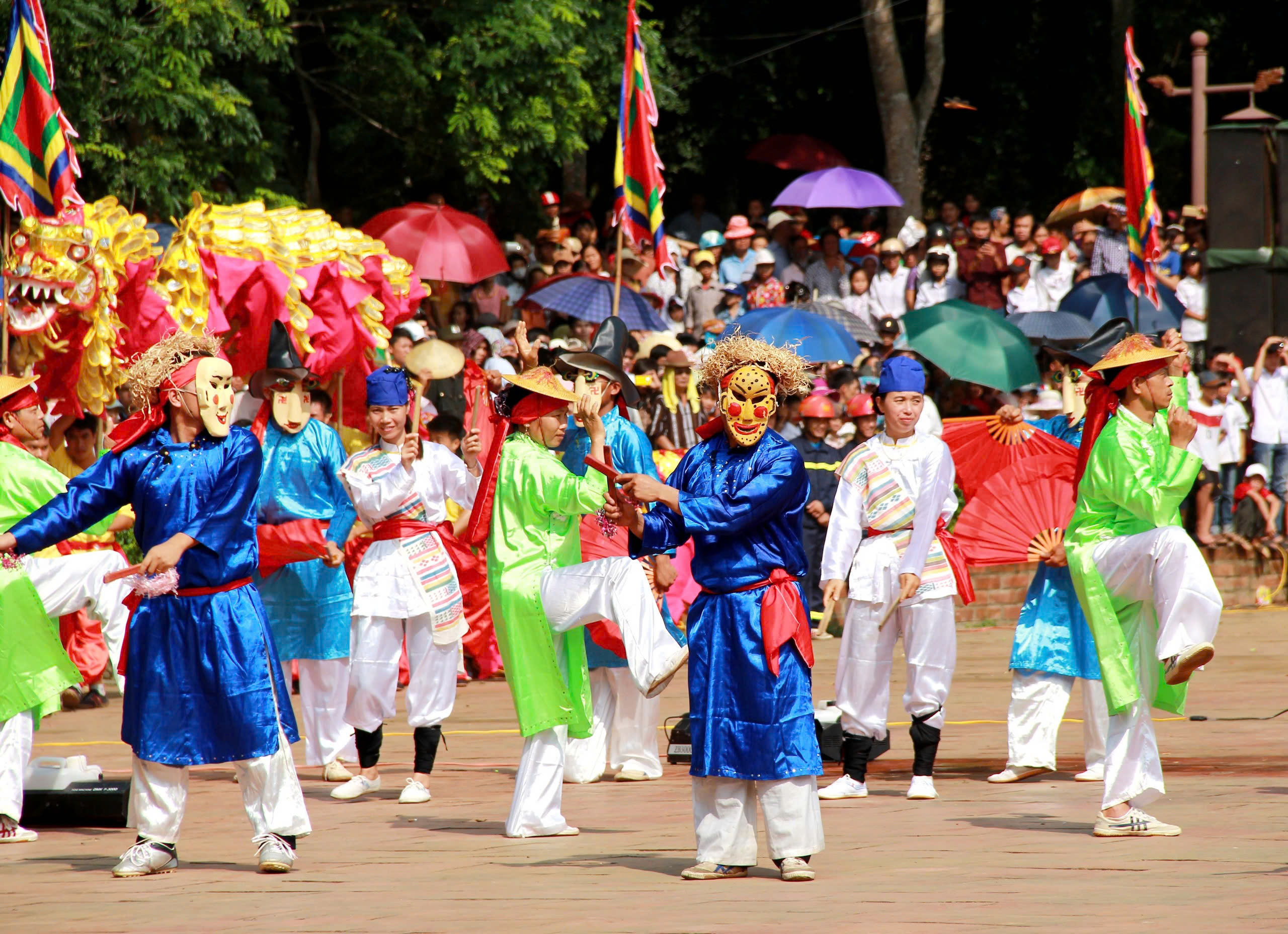
Xuan Pha play dates back to the Dinh Dynasty and has been preserved and maintained to this day.
Efforts to preserve the show for future generations
Meritorious artist Bui Van Hung (residing in Xuan Truong commune, Tho Xuan district) is a lifelong devotee of Xuan Pha. Currently, he is also one of the few remaining people who continue to teach the next generations to preserve the legacy of his ancestors.
According to Mr. Hung, in 1990, when the government had a policy of reviving national culture, Xuan Truong commune began to restore the Xuan Pha performance. "I was one of the first 20 young people chosen by the elders in the village to teach. At that time, there were only 4-5 elders in the village who were healthy enough to teach the performances in Xuan Pha" - Mr. Hung shared.
Artist Hung also said that since the 1930s, Xuan Pha was invited to perform in many places, typically in 1935, Xuan Pha performed at the Tho Xuan district agricultural fair, with the attendance of Vietnamese and French provincial officials, in 1936, King Bao Dai invited Xuan Pha to perform at the Hue Capital Fair, then was taken to perform in Saigon and Hanoi . After the August Revolution, Xuan Pha went to serve the resistance war against French colonialism...
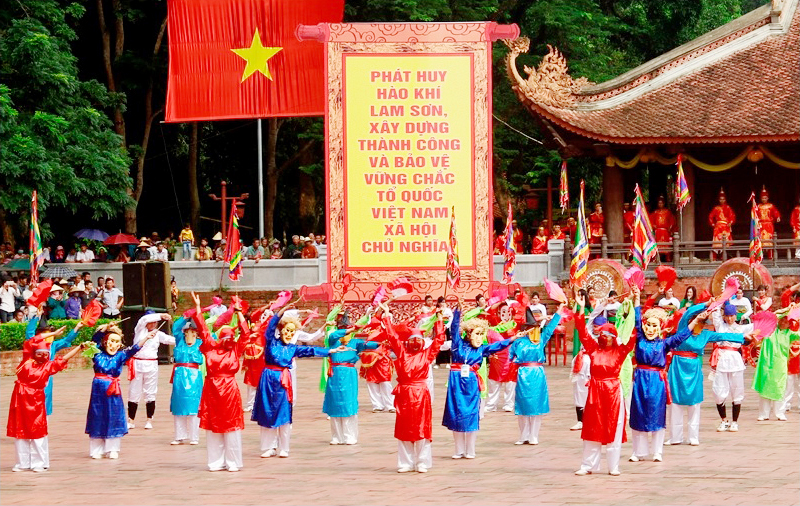
Every year, during the Lam Kinh festival, people from Xuan Pha village come to perform, this is an indispensable spiritual food at the festival.
"The most worrying thing is the person who knows how to hold the drum. This is one of the two important elements that make up the performance. Because, to be able to play the drum, it means that the learner must know the dances by heart. At the same time, one must be passionate, dedicated, and talented to grasp the soul of the dance, to beat the drum with soul, and the dancer can keep the rhythm. Meanwhile, in the village now, the number of people who can play the drum can be counted on the fingers, and they are also old," Mr. Hung worried.
To preserve this unique performance, in recent years, Xuan Truong commune as well as Tho Xuan district have built plans and programs to preserve and promote Xuan Pha Performance in both breadth and depth.
Since 2009, the Club, headed by Mr. Hung, has regularly organized classes for an average of over 100 students. For students in grades 8-9, the club organizes classes to help them become familiar with and learn about local historical and cultural traditions. When they grow up, they will be the next generation, preserving this unique performance for future generations.
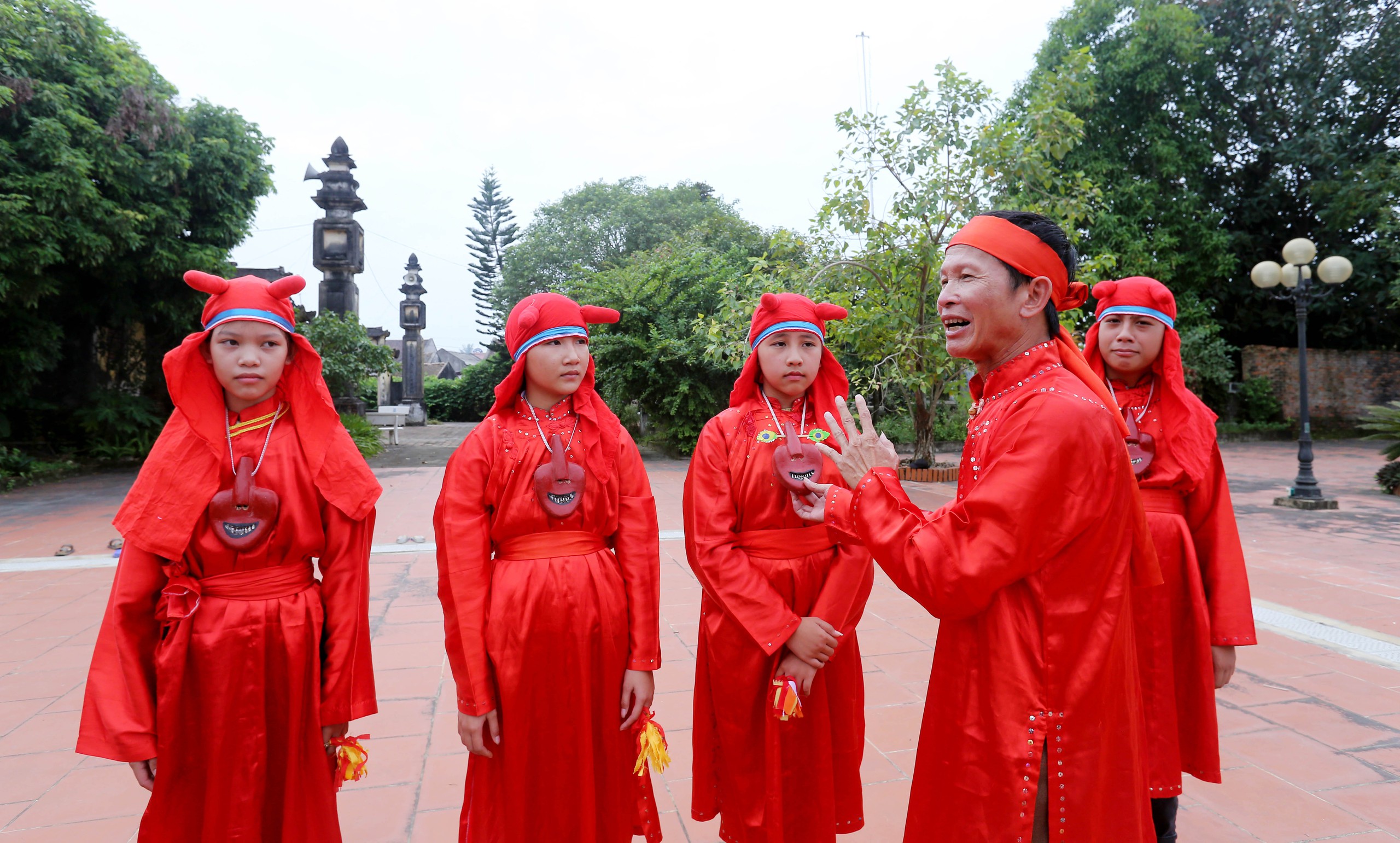

Artisan Bui Van Hung, the keeper of Xuan Pha's soul, is teaching the younger generation.
National Intangible Cultural Heritage
With great significance and value, in 2012, Thanh Hoa province included all five famous Xuan Pha plays named "Ngu quoc lan bang do tien cong" - considered a pinnacle of Vietnamese folk dance art - in the main content of Lam Kinh Festival. In September 2016, Xuan Pha Play was recognized as a National Intangible Cultural Heritage.
Thanks to its mysterious and unique performing art, Tro Xuan Pha has gone beyond the space of a Thanh village to participate in important events of Thanh Hoa province and the country such as: The New Millennium Festival (2000), Hue Festival, Lam Kinh Festival, Ho Dynasty Citadel recognized by UNESCO as a World Cultural Heritage, National Tourism Year 2015...
Source: https://nld.com.vn/bi-an-tro-dien-ngan-nam-nguoi-dien-phai-deo-mat-na-o-xu-thanh-196250201085121138.htm



![[Photo] Vice President Vo Thi Anh Xuan, French President Emmanuel Macron and his wife visit Hanoi University of Science and Technology](https://vphoto.vietnam.vn/thumb/1200x675/vietnam/resource/IMAGE/2025/5/27/267b6f2bdf3e46439f081b49f6ec26b1)


![[Photo] Hungarian President begins official visit to Vietnam](https://vphoto.vietnam.vn/thumb/1200x675/vietnam/resource/IMAGE/2025/5/27/ab75a654c6934572a4f1a566ac63ce82)




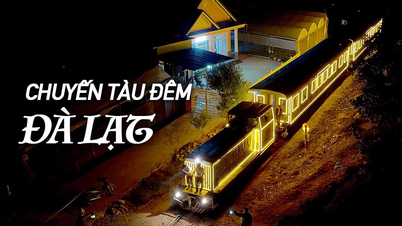
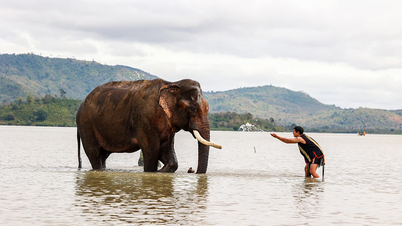





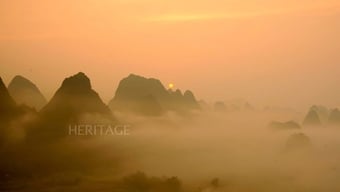



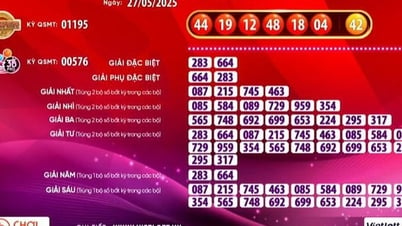
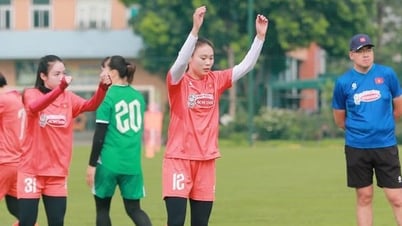


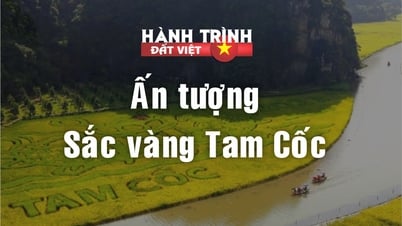

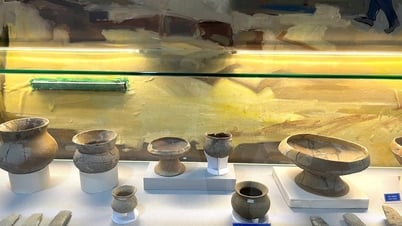



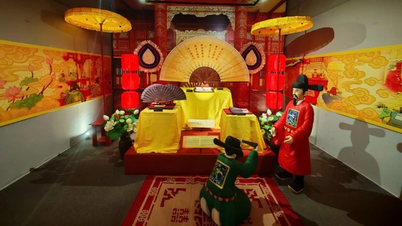

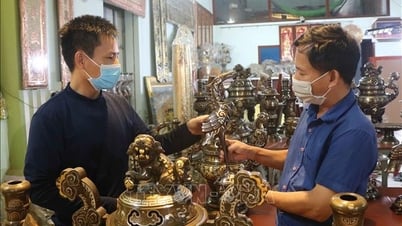
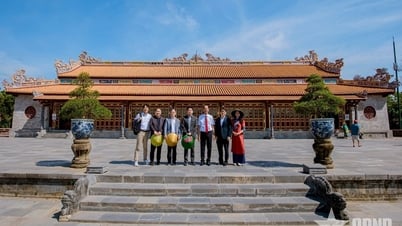



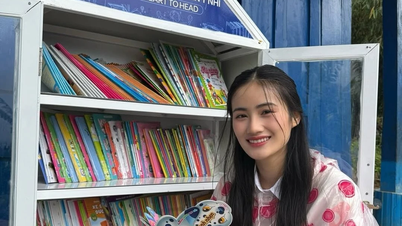

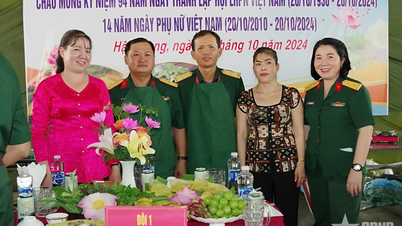
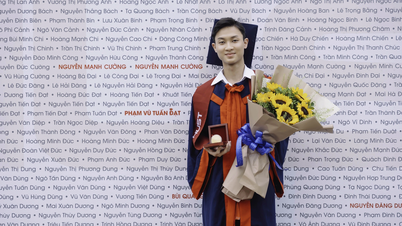
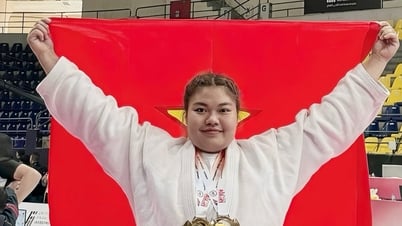

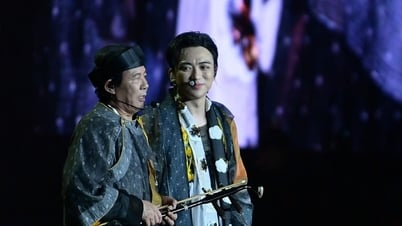








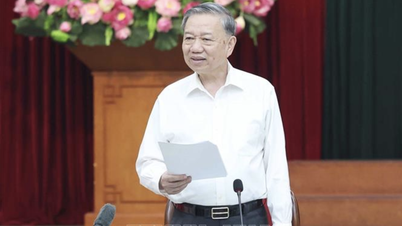
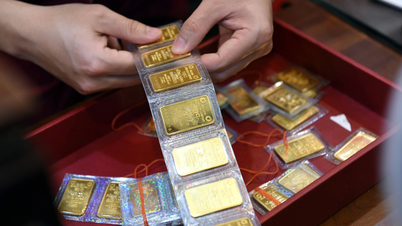
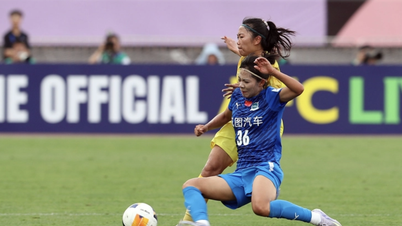







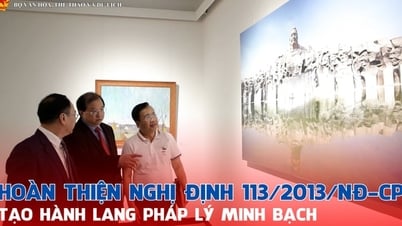
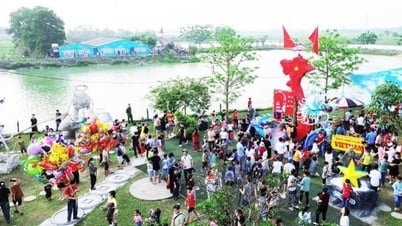




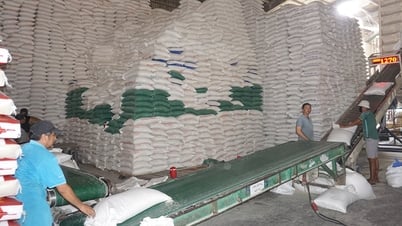


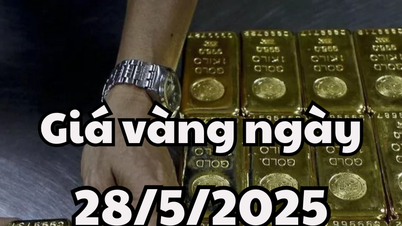


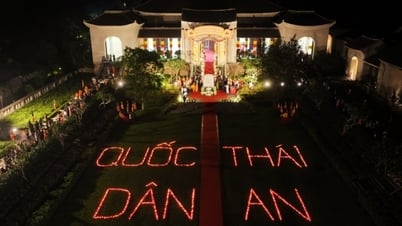

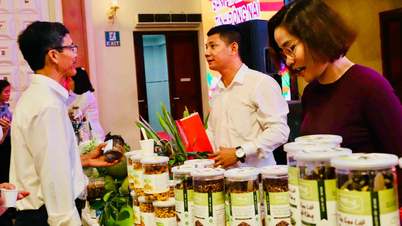

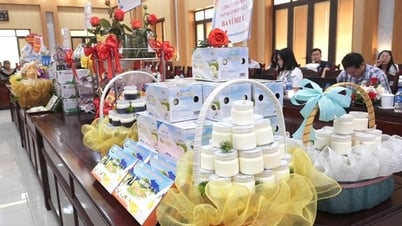





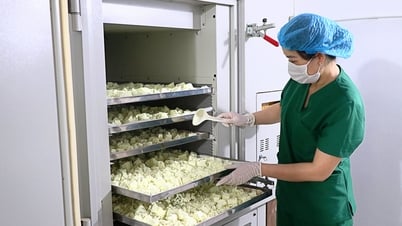

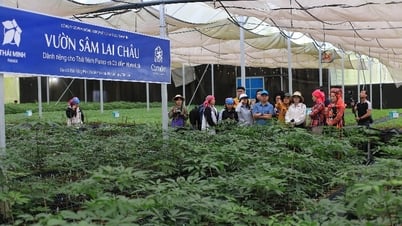

Comment (0)